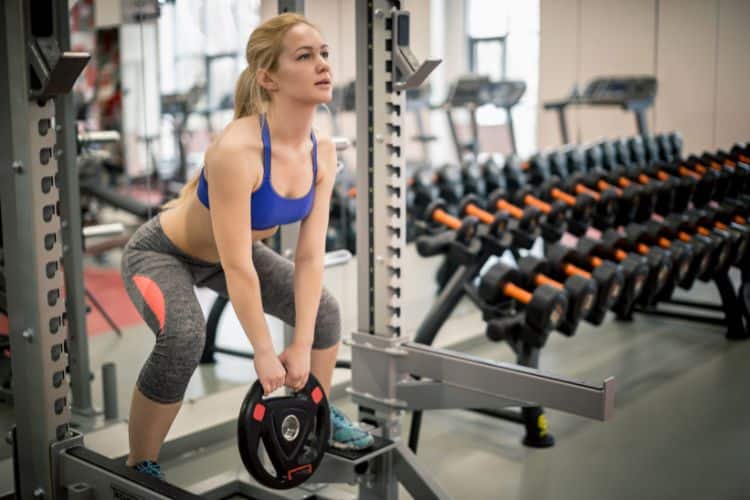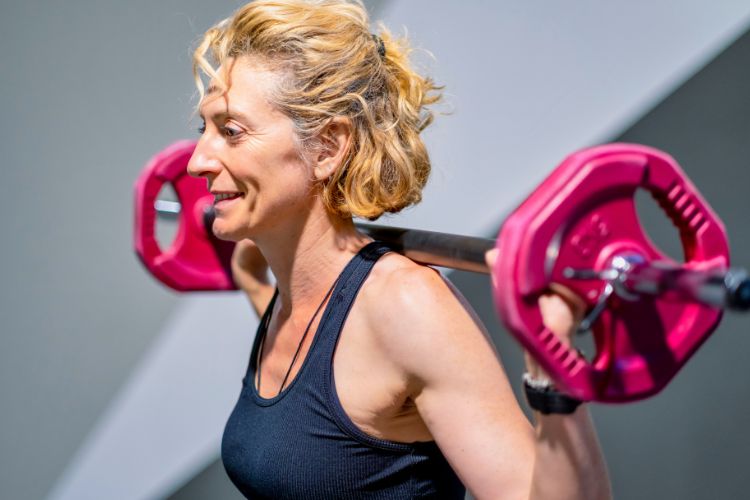Sign up for workout ideas, training advice, reviews of the latest gear and more.






As women age, maintaining health, strength, and vitality becomes increasingly important. Strength training is one of the most effective ways to achieve these goals. For women over 50, it offers a multitude of benefits ranging from improved bone health to enhanced mental well-being. This guide will delve into the importance of strength training for women over 50, how to get started, and the best practices to make it a sustainable part of your lifestyle.
Bone density naturally declines with age, particularly after menopause due to lower estrogen levels. Strength training promotes bone remodeling and increases bone mass, reducing the risk of osteoporosis and fractures. Exercises like weightlifting and resistance band workouts stimulate bone growth by putting controlled stress on the bones.
From the age of 30, adults lose an estimated 3–8% of muscle mass per decade, a process known as sarcopenia. Strength training helps to combat this loss, ensuring functional independence and a higher quality of life.
Muscle tissue burns more calories at rest than fat tissue. Incorporating strength training into your routine can increase your resting metabolic rate, making it easier to manage your weight as you age.
Strength training enhances muscular coordination and joint stability. This is crucial for maintaining balance and preventing falls, which can have serious consequences for older women.
Engaging in regular strength training has been shown to reduce symptoms of anxiety and depression. It also improves cognitive function, offering mental clarity and resilience against age-related cognitive decline.
Before starting any new fitness regimen, it’s essential to consult with your healthcare provider. They can help you identify any underlying conditions and recommend modifications tailored to your needs.
Start with a structured program that targets major muscle groups, including the legs, back, chest, arms, and core. Aim for two to three sessions per week, allowing time for muscle recovery.
For beginners, bodyweight exercises are a great starting point. As you progress, incorporate resistance bands, dumbbells, or kettlebells to add variety and challenge.
Strengthening the lower body is crucial for mobility and balance.
Building upper body strength improves posture and functionality.
A strong core supports overall stability and posture.
Set achievable goals and track your progress. Joining a group class or finding a workout partner can also help keep you accountable.
Start with light weights and focus on proper form. Gradually increase the intensity as you build confidence and strength.
Strength training sessions don’t have to be lengthy. A 20–30 minute routine, performed consistently, can yield significant benefits.
Protein is vital for muscle repair and growth. Aim for a source of lean protein, such as chicken, fish, beans, or tofu, with every meal.
Stay hydrated before, during, and after your workout to maintain performance and recovery.
Include a variety of fruits, vegetables, whole grains, and healthy fats in your diet to support overall health.
As you get stronger, gradually increase the weight or resistance you use. This progression ensures continuous improvement.
Allow adequate recovery time between workouts to prevent overtraining and reduce the risk of injury.
Avoid plateaus and boredom by incorporating new exercises or equipment into your routine.
Women over 50 who have incorporated strength training into their lives often report feeling stronger, more confident, and healthier. Their stories serve as inspiration for others to take the first step toward a stronger future.
Strength training for women over 50 is more than a fitness routine trend; it’s a pathway to enhanced health, independence, and quality of life. By starting small and staying consistent, you can build a stronger, healthier body that serves you well into your golden years.
Take that first step today—your future self will thank you!
Stay up to date on the latest women’s health, fitness and lifestyle trends and tips.